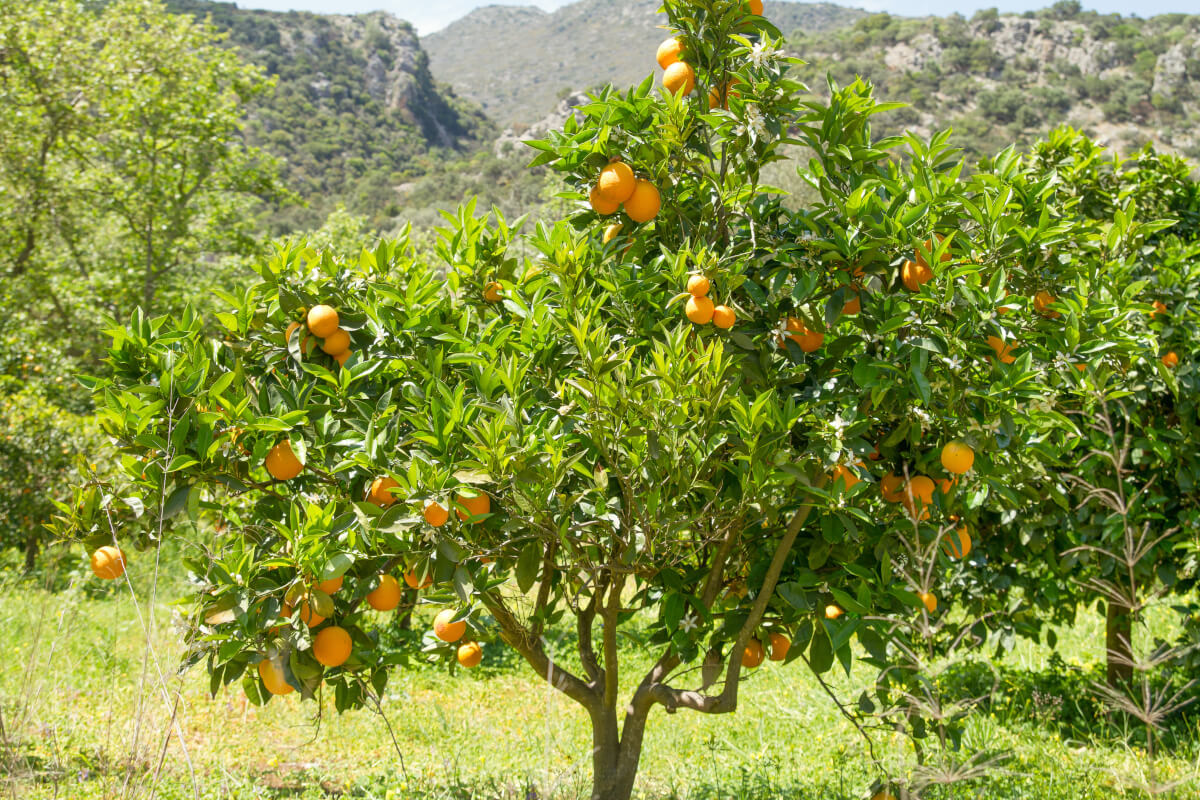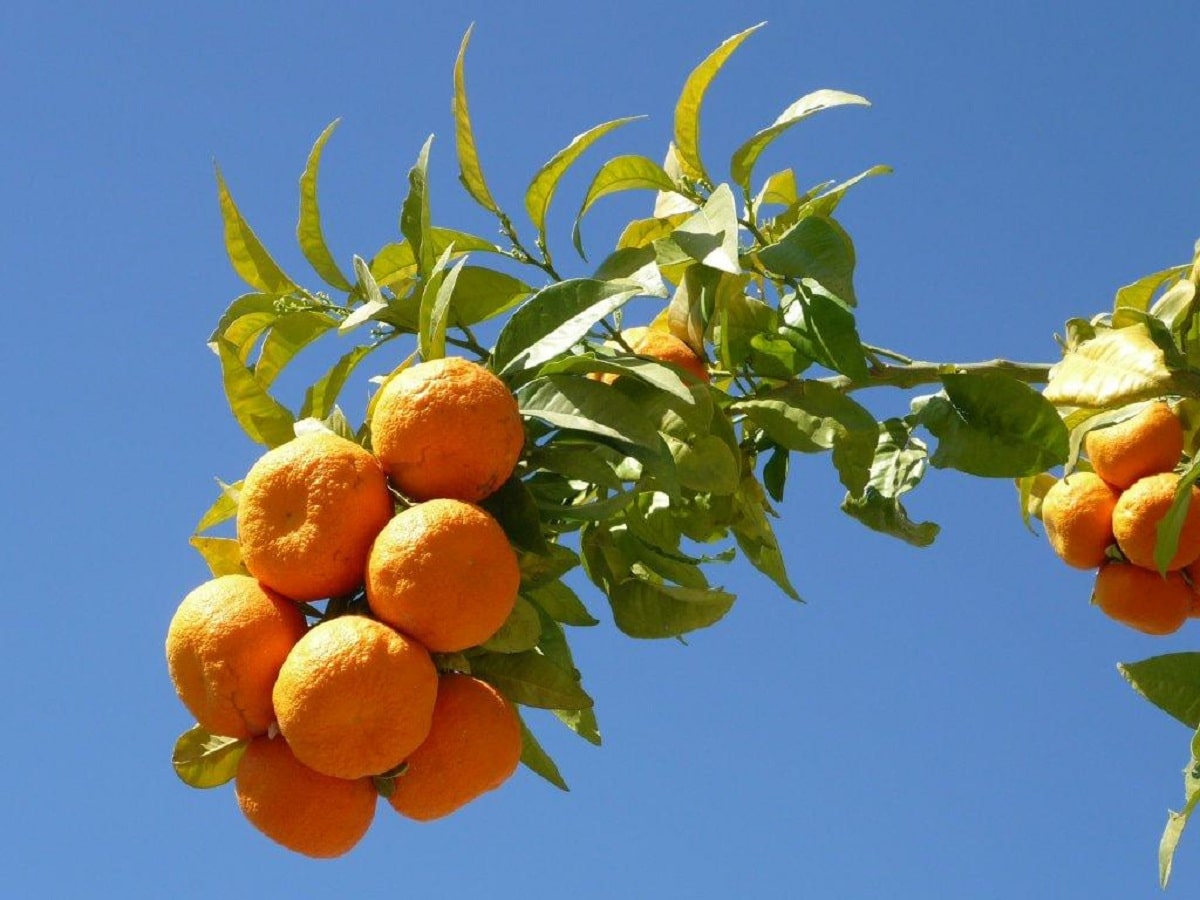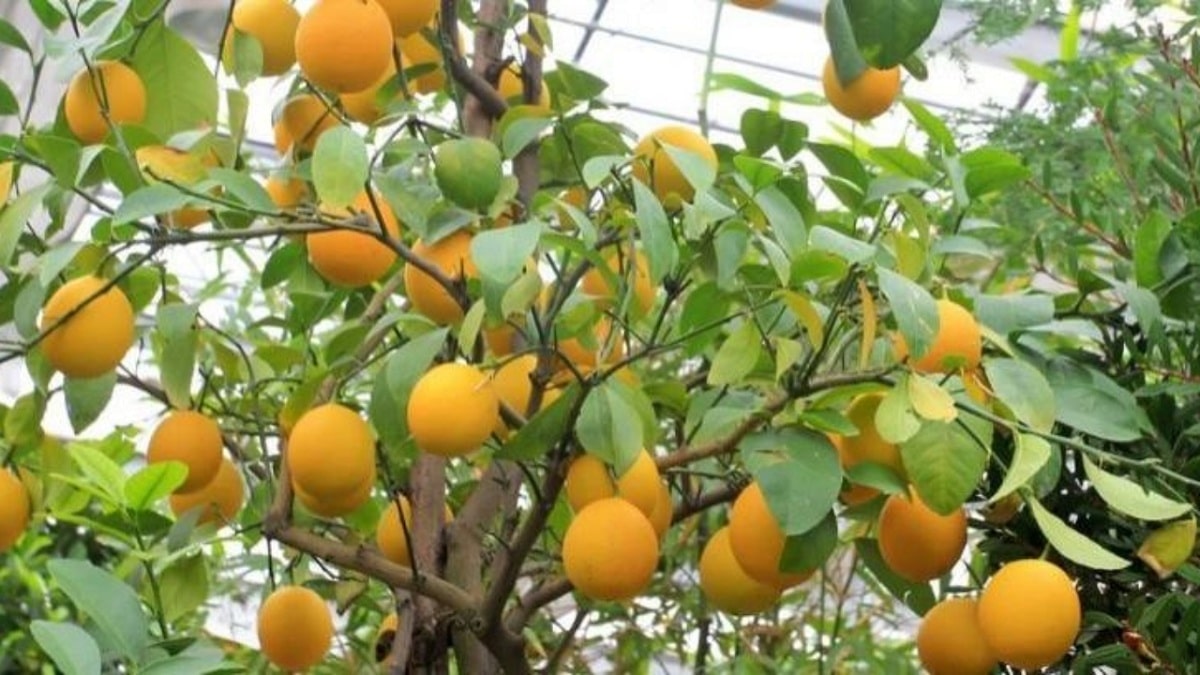
Orange is one of the most famous crops in the world since it is widely consumed. Therefore, the correct care of the orange tree is quite important in order to increase the production of oranges. You have to take some aspects into account when learning how to fertilize an orange tree to be able to mark noticeable differences between the production capacity.
In this article we are going to tell you how to fertilize an orange tree, what aspects you should take into account and how to maximize its production.
Why it must be paid

An orange tree must be fertilized because it has a series of nutritional requirements that must be met. Taking into account the amount of nutrients it consumes in the so-called nutrient cycle, this tree that belongs to the Rutaceae family must be fertilized. The fertilizer to be used is also believed to include the requirements necessary to produce a good crop. Likewise, the subscriber must enable the development and maintenance of their plant organs.
With the right fertilizer, you can get leaves of good size and color, and veins of the right shape. In other words, a tree with a good sense of existence. Similarly, the size of the fruit (orange) is also in line with expectations. Even the rind will be the correct thickness and color.
Necessary requirements

The nutrient requirements of citrus fruits (such as lemons or oranges) are defined as the amount of nutrients that plants consume during the one-year nutrient cycle. When deciding, it is necessary to consider the development consumption of new organs and the growth of old permanent organs, as well as the global balance of nutrients exported to growing organs and the subsequent restoration of elements exported from applications.
They can distinguish between old leaves and permanent wooden organs. Old leaves should be considered a source of nutrients, so that at the beginning of the delayed nutrient cycle, the mobile elements of the new organs account for a considerable proportion of their content. When conditions permit, production resumes, and some of these The leaves have been removed from the tree and the upper part has come off.
For an orange tree to flourish in perfect condition, you need nitrogen, phosphorus, potassium, calcium, magnesium, and sulfur as macronutrients. As for micronutrients, it includes chemical elements such as boron, copper, iron, manganese, molybdenum and zinc. Each of them has a related function in the internal operations carried out by the factory. If any of them are missing, different problems will arise in the sowing, cultivating and harvesting process.
For example, that the roots are not well anchored to the ground and therefore do not provide enough strength for the structure of larger trees. It is also possible that the internal transport movement of salvia is insufficient to reach all levels. In more complex cases, the quality of the fruit decreases, becoming smaller, with an underdeveloped skin or a tasteless pulp.
How to fertilize an orange tree

Now we are going to learn how to fertilize an orange tree. Citrus fertilizer can be applied through the foliage, spraying the fertilizer on the tree's leaves, or spreading it on the ground around its base. It should be noted that citrus fertilizer should not be close to the trunk.
The ideal temperature range for citrus fruits and their cultivation is between 25 and 30 degrees. However, citrus fertilizer is started in spring. In general, citrus must be paid for every six weeks in spring and summer. In winter, citrus compost is supplied every ten weeks. The highest nutrient requirements of citrus fruits occur during the flowering and fruiting stages.
To learn well how to fertilize an orange tree, we must know some common nutritional deficiencies that citrus fruits tend to have. Therefore, choosing the right citrus fertilizer is crucial for plant growth and development. Otherwise, citrus may be deficient in different nutrients, as shown below:
- Calcium deficiency It is essential in the growth of plants, so its lack will reduce its development, causing the plants to lose vitality.
- Manganese deficiency. Its main function is to produce smaller fruits, finer peels and lower sugar content.
These are the main standards for the application of fertilizers in citrus:
- First, Nitrogen-containing citrus fertilizer should be applied as widely as possible, especially in highly permeable soils. It is not recommended to use citrus compost during the cold season of the year, and to add a lot of water each time you water. In addition, an annual foliar analysis should be carried out to verify that the plantation is maintained at an optimal level of nutrients.
- For citrus phosphate fertilizers, the amount of fertilization should be adjusted according to the needs of the plantation and the assimilation of the soil. Attention must be paid to this last aspect to know which citrus fertilizer is best to ensure optimal plant growth.
The main components of the orange tree fertilizer are the following: potassium, nitrogen and phosphorus.
How to fertilize an orange tree with your own compost
To make a fertilizer for an orange tree step by step, you must follow the following instructions:
- First, make a hole one meter deep in the container.
- Add soil to the container (not much, about two inches or so).
- Place organic waste derived from plants.
- Ferric sulfate and calcium carbonate are then added.
- Next, add animal compost and mineral compost.
- Add a little soil on top.
Every fortnight you have to remove with a shovel. This achieves the above through the below and vice versa. From here, worms will begin to appear, indicating that the necessary decomposition is taking place. Wait for the entire mixture to have a uniform black color, at which point it is ready to apply. This compost compound binds to the soil near the base of the orange tree. And, for best results, it is recommended to apply about four times a year.
I hope that with this information you can learn more about how to fertilize an orange tree.